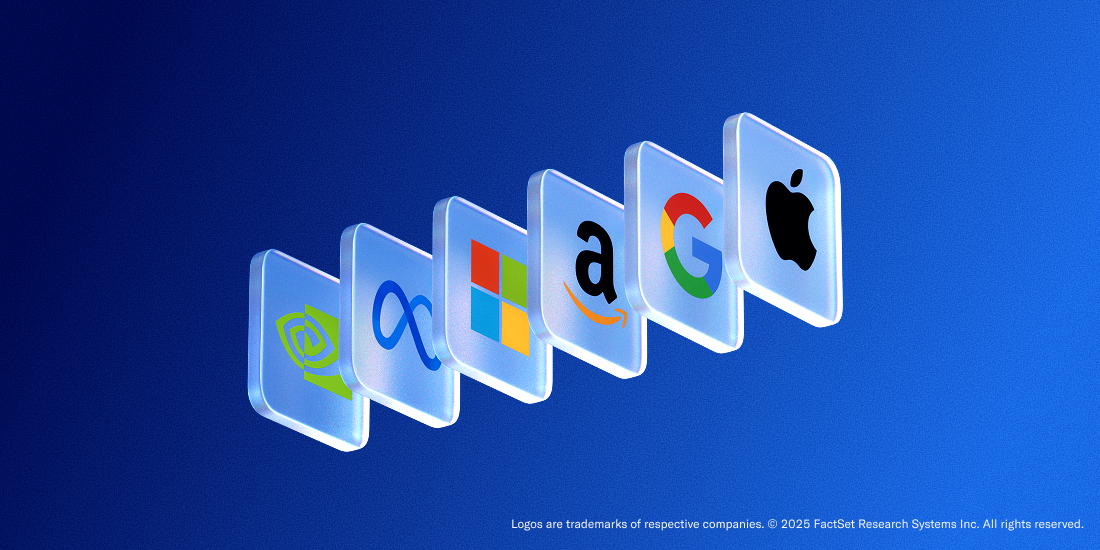Taxable Accounts

Featured articles
-
![]()
How tax loss harvesting turns market losses into tax wins
The tax strategy can unlock similar benefits as tax-deferred accounts
How tax loss harvesting turns market losses into tax wins The tax strategy can unlock similar benefits as tax-deferred accounts Tax loss harvesting, or TLH for short, is selling an asset at a loss (which can happen especially during market downturns) primarily to offset taxes owed on capital gains or income. It shifts some of the taxes you might owe now, in other words, into the future. But the key takeaway is this: TLH can take a portion of your taxable investing and effectively turn it into tax-deferred investing. And tax-deferred investing, as we’ll quickly demonstrate, can do wonders for wealth-building. Tax me now or tax me later Take a dollar you would’ve otherwise paid in taxes today. Now invest it wisely. Odds are, it’ll be worth a lot more in the long run, even taking away any taxes you eventually owe. Depending on how your tax situation shakes out over the years, tax-deferred investing can be like Uncle Sam giving you a nearly interest-free loan to invest. This is in large part why tax-deferred accounts like traditional 401(k)s and IRAs come with restrictions. They’re reserved for retirement, namely, and their contributions are capped. But tax loss harvesting opens an entirely new door for tax-deferred investing, along with a few other side benefits. For a few types of investors in particular, it offers tremendous upside. Who TLH benefits the most Let’s start with an important caveat: While TLH offers potential value for most investors, it can be a wash or actually increase your tax burden in certain cases. But for now, let’s focus on three types of investors who can reap some of the biggest rewards from the strategy: The high-income earner Once you’ve offset all of your realized capital gains taxes for a given year, any leftover harvested losses can be used to offset taxes on up to $3,000 of ordinary income. So in the case of high earners, this means trading a high income tax rate for a relatively low long-term capital gains tax rate. The end result is both deferring and discounting your taxes. The steady saver Not only are recurring deposits a great way to start a savings habit, they also produce more harvesting opportunities. That’s because the older an investment, the less likely it drops below its initial purchase price (aka “cost basis”) and can be harvested at a loss. A steady drip of deposits, monthly for example, creates fresh crops of investments for harvesting in the near future. The tax-smart philanthropist A common misconception of tax loss harvesting is that it helps you avoid paying taxes altogether. Believe it or not, however, two scenarios exist in which you actually can cancel out your tax obligation: The first is when you donate shares to charity. As we mentioned earlier, selling and replacing shares as part of a harvest increases their future tax bill. It does this by lowering the shares’ cost basis, or the initial purchase price used to calculate capital gains. If you donate and replace these shares down the road, however, you reset their cost basis to a new, higher level. This effectively wipes out their entire tax bill(!) that had accrued to that point. In the eyes of the IRS, it’s like those capital gains never happened, and it’s one big reason why wealthy investors have long paired TLH with the practice of donating shares. The second scenario is posthumously. At that point, you won’t get a tax break, of course. But any individuals who you leave shares to will, because immediately after your death, the cost basis of your investments similarly “steps up” to their current market value. Your harvest awaits Historically-speaking, tax loss harvesting has been too time-intensive and costly to execute for all but the wealthiest of investors. But technology like ours and the low-cost trading of ETFs have made it a tax strategy for the masses. Take the market volatility of 2025 as an example. In little more than two weeks (March 26-April 10), Betterment harvested nearly $60 million in tax losses for customers. If TLH is right for you, the sooner you open and start contributing to a taxable account, the sooner you can start giving a portion of your taxable investing an edge. If you already have a Betterment taxable account, here’s how to turn on tax loss harvesting. -
![]()
Self-directed investing, the Betterment way
See what makes Betterment’s self-directed investing different from the rest. Plus, get three ...
Self-directed investing, the Betterment way See what makes Betterment’s self-directed investing different from the rest. Plus, get three tips to help develop your own investing strategy. Key takeaways We surveyed our customers and learned that 75% of them use self-directed investing elsewhere, but many want it alongside their automated investing—so we built it the Betterment way. With Betterment, you can invest your way, buying and selling thousands of stocks and ETFs with no commissions. Manage your automated portfolios, cash accounts, and self-directed trades together on one platform for a fuller view of your finances. Unlike other investing apps, Betterment’s tax impact preview lets you see the impact of a sale before you trade, so there are no tax surprises. Invest smarter with these three tips: set clear goals, plan for taxes, and keep emotions out of your investing. Recently, we surveyed our customers and learned that 75% of them use some form of self-directed investing. That was eye-opening. While our automated investing tools are designed to take the work out of wealth building, many people still want the option to pick and manage certain investments on their own. So we asked ourselves: how can we bring self-directed investing to life—the Betterment way? Our answer: combine our award-winning platform with a customer-first experience to let you buy and sell thousands of stocks and ETFs with no commissions. With Betterment’s self-directed investing, you’ll get more investing choices, the ability to see all of your investments in a consolidated place, and tax insights you won’t find anywhere else. Investing your way, all in one place Not everyone invests for the same reason. We know this because we continually solicit feedback from our customers. Some customers told us they want to invest in companies they believe in. Others find it intellectually rewarding to follow markets and make trades. And many simply like having more control over their portfolio. With Betterment’s self-directed investing, you can get that flexibility while keeping everything on one platform. Manage your automated portfolios, cash accounts, and self-directed trades side by side, with technology designed to give you a clear view of your financial life. Tax insights you won’t get anywhere else Here’s where we’re really different than the typical “stock trading” platforms. Self-directed trading often means more frequent buying and selling, which can bring a hefty and unexpected tax bill at the end of the year that catches people off guard. In fact, when we asked our customers about their biggest challenge with self-directed investing on other apps, the top answer was “managing tax implications.” We solved that challenge. At Betterment, you’ll see a tax impact preview before you sell a stock or ETF. That preview includes how the sale could affect your taxes, and even potential wash sales. A wash sale occurs when you sell a security at a loss and then repurchase the same or a substantially identical security within 30 days before or after the sale, disallowing the tax deduction for that loss. With our tax impact preview, there are no surprises or guesswork. Just clear tax insights to help you make smarter decisions. (See how tax impact preview works.) Three tips to get started with self-directed investing Self-directed investing provides you with the choice to invest your way. But you get to decide what “your way” means. To help, here are three steps to get started: Have a clear goal before you trade: Don’t just buy because something looks hot or is in the news. Ask yourself: Am I investing for long-term growth, short-term income, diversification, or some other reason? Having a clear purpose can help you avoid making impulsive trades. Think about taxes before you sell: Selling a stock or ETF can trigger capital gains taxes. Short-term gains (for investments held less than a year) are usually taxed at a higher rate than long-term gains. Using tools that preview your tax impact before you trade—like Betterment’s—can help you avoid surprises. Avoid emotional trading: Markets move fast. It’s easy to panic-sell when prices dip or chase a stock that’s soaring. Instead, set rules for yourself—like only initiating a trade at pre-set price targets or sticking to a dollar-cost averaging plan—so emotions don’t dictate your decisions. Plus, at Betterment, your trades are queued for execution and not made immediately, but they are made in a timely manner, limiting your ability to try to “time the market.”
Considering a major transfer? Get one-on-one help with one of our experts. Explore our licensed concierge
Looking for a specific topic?
- 401(k)s
- 529s
- Asset types
- Automation
- Benchmarks
- Bonds
- Budgeting
- Compound growth
- Costs
- Diversification
- Donating shares
- ETFs
- Education savings
- Emergency funds
- Financial advisors
- Financial goals
- Flexible portfolios
- Getting started investing
- Health Savings Accounts
- Home ownership
- IRAs
- Interest rates
- Investing accounts
- Market volatility
- Mutual funds
- Performance
- Portfolios
- Preparing to retire
- Retirement income
- Retirement planning
- Risk
- Rollovers and transfers
- Roth accounts
- Stocks
- Tax Coordination
- Tax loss harvesting
- Taxable accounts
- Taxes
No results found


